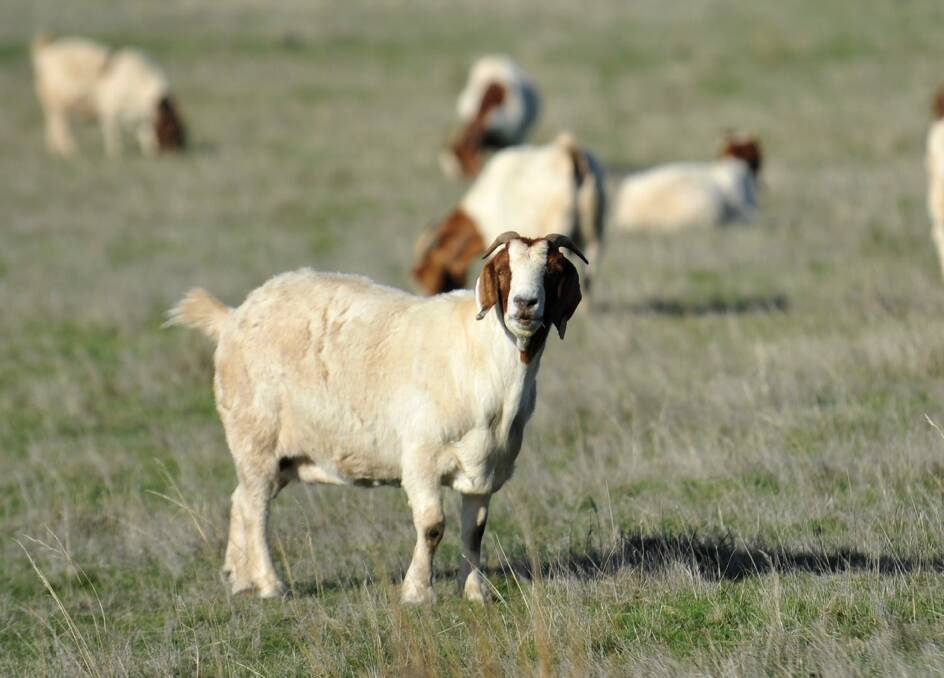
The time has come for Victorian primary producers to finalise their livestock fire plan.
Subscribe now for unlimited access.
or signup to continue reading
According to Agriculture Victoria, the 2019/20 bushfire season led to producers moving around 160,000 livestock to alternative locations and interstate both prior to, during and post the bushfires.
A key factor in minimising the threat to livestock during a bushfire or extreme fire danger days is to identify safer on-farm areas where livestock can be moved to.
READ MORE:
Potential injury and death can be reduced by maintaining low risk areas.
These include ploughed paddocks, with areas cultivated and kept free of combustible vegetation, bared-out paddocks and irrigated paddocks.
All low risk areas should have sufficient water to enable stock to remain in the area for extended periods of high fire risk and high temperatures, protected from firebreaks and be free of leaf, twigs and bark build-up.
Horses should not be locked up in small areas or stables but moved to an open paddock with minimal vegetation, so they can move freely.
Horses are good at moving themselves to safe open areas and usually suffer minimal burns if left to do so.
If equipment such as rugs, halters and flyveils remain on horses, the plastic may melt and metal buckles can burn the animal.
Therefore, it is advised to consider using rope halters for easier handling and management.
On days of extreme fire danger or on the day before, stock should be moved into lower risk areas on-farm or to a safer property.
For further assistance on preparing a farm and livestock bushfire plan, visit agriculture.vic.gov.au/agriculture/emergency-management or contact the Agriculture Victoria Customer Service Centre on 136 186.
Did you know you can receive updates straight to your inbox? To make sure you're up-to-date with news from across the region, sign up below.

